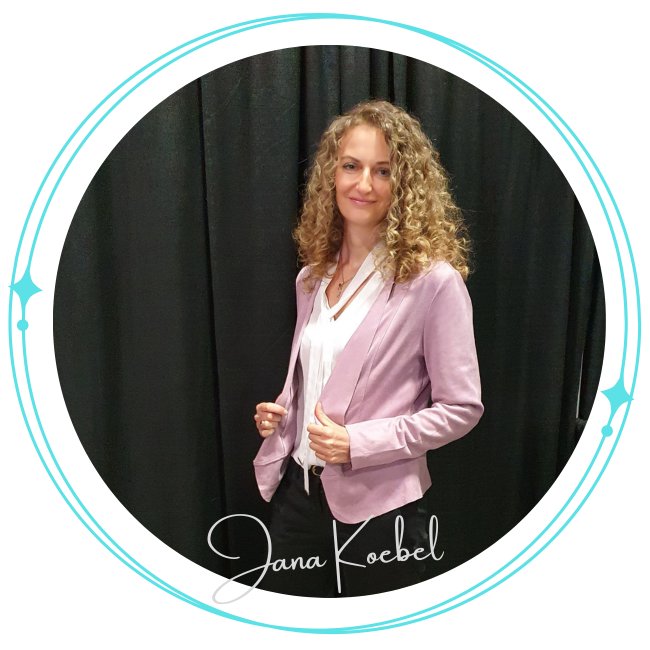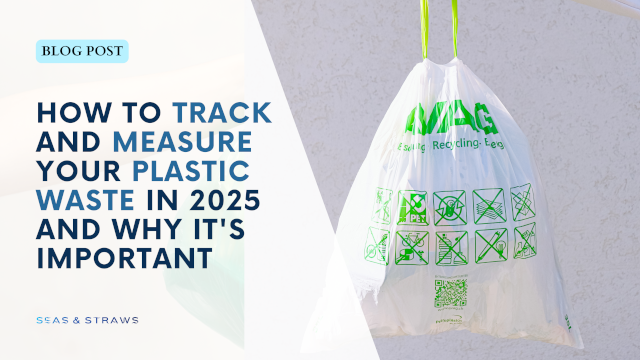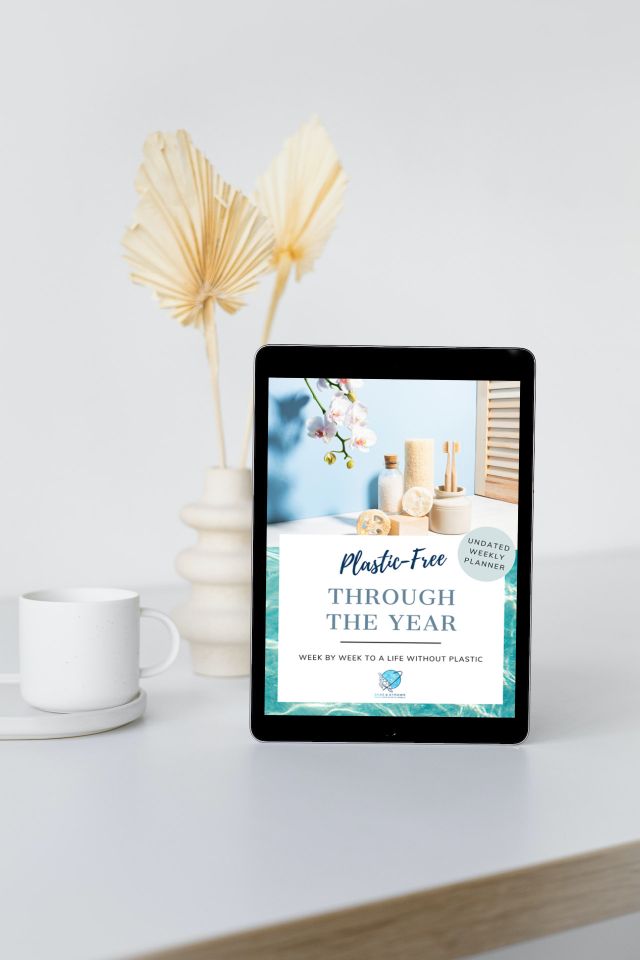- Home
- Plastic-Free Home
- Plastic Free Kitchen
- Track Your Plastic Waste
How to Track and Measure Your Plastic Waste in 2025 and Why It's Important
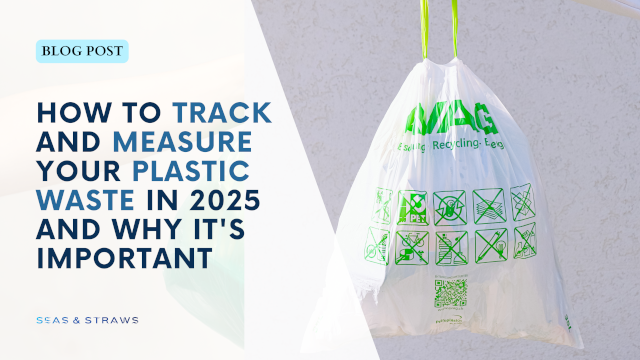
By 2025, sustainability is more important than ever. Everyone—governments, businesses, and individuals—feels the pressure to take responsibility for their impact on the environment, with plastic waste being a key issue.
The saying, "You can't manage what you can't measure," feels deeply personal when it comes to this issue.
To truly make a difference, we need to understand the problem, starting with our own habits. What role does your daily life play in the bigger picture? It begins with a simple but powerful step: tracking and measuring your own plastic waste. Here's how you can take control and why it matters more than ever.
Why tracking Your Plastic Waste Is Crucial
 Plastic Waste Near Rocky Mountains
Plastic Waste Near Rocky MountainsThe World Bank warns that by 2050, annual waste generation could increase by a staggering 70% compared to 2020 levels if we don’t act now. Despite growing awareness, too much of the plastic we use still ends up in landfills or our oceans, where it lingers for centuries.
But here’s the thing — real change starts with you. Understanding how much plastic waste you personally produce is the first step toward reducing it. When you take the time to track your consumption, you empower yourself to:
- Spot patterns: See where plastic creeps into your daily life and uncover opportunities to cut back.
- Set achievable goals: Celebrate small wins as you gradually reduce your waste.
- Be part of the solution: When we share our data, we help build a clearer picture of the global problem, driving better policies and innovations.
- Save money: Less reliance on single-use plastics often translates to fewer unnecessary purchases.
In short, tracking your plastic waste isn’t just about numbers; it’s about creating meaningful, actionable change in your life and community.
Tools and Strategies for Tracking Plastic Waste in 2025
Thanks to advancements in technology, measuring and managing plastic waste in 2025 is easier than ever. Here are some tools and methods to get started:
1. Plastic Tracking Apps
Your phone can be a powerful ally in cutting down plastic waste. These apps make it easy to track your habits and take action:
- MyPlasticFootprint: Log your daily plastic use and get personalized tips to make better choices.
- Scrapp: Available on Google Play, this zero-waste app helps you identify and properly dispose of materials, ensuring that recyclables don’t end up in landfills.
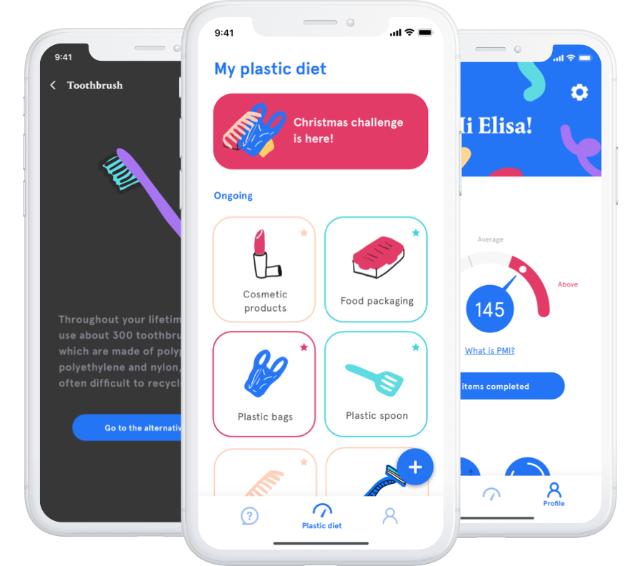 Plastic Tracking Apps: My plastic Footprint. Photo ©: My plastic footprint
Plastic Tracking Apps: My plastic Footprint. Photo ©: My plastic footprint2. Smart Waste Bins
What if your trash could teach you something? Smart waste bins, equipped with sensors and AI technology, can scan and identify the types of waste you throw away, including plastics. They measure quantities, categorize items (e.g., recyclable vs. non-recyclable), and sync with companion apps to provide real-time insights.
For example, some smart bins like Bin-e use cameras and object recognition to detect plastic bottles, food wrappers, or packaging, giving you a detailed breakdown of your waste habits. Over time, these insights can highlight patterns, like how often you’re discarding single-use plastics, and offer suggestions for reducing waste.
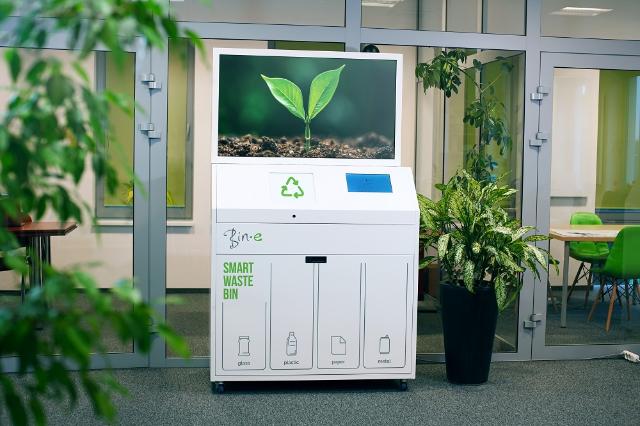 Smart Waste Bins: Bin-e. Photo © https://bine.world/
Smart Waste Bins: Bin-e. Photo © https://bine.world/3. Manual Waste Audits
If you enjoy a hands-on approach, conducting a manual waste audit can provide valuable insights into your plastic consumption. Start by collecting your trash over a week or a month, then sort and document every plastic item you’ve used. Categorize them into groups such as food packaging, bottles, takeout containers, or other single-use items.
To make this process more organized, you can use an Excel format to log your findings. Create columns for categories, item descriptions, quantities, and even notes about potential alternatives. This format makes it easy to analyze trends over time and track your progress toward reducing waste.
For an even simpler and more structured way to tackle this, try our digital Plastic-Free Through the Year - Weekly Planner—designed specifically to help you organize, track, and reduce your plastic use with guided prompts and easy-to-use tracking templates.
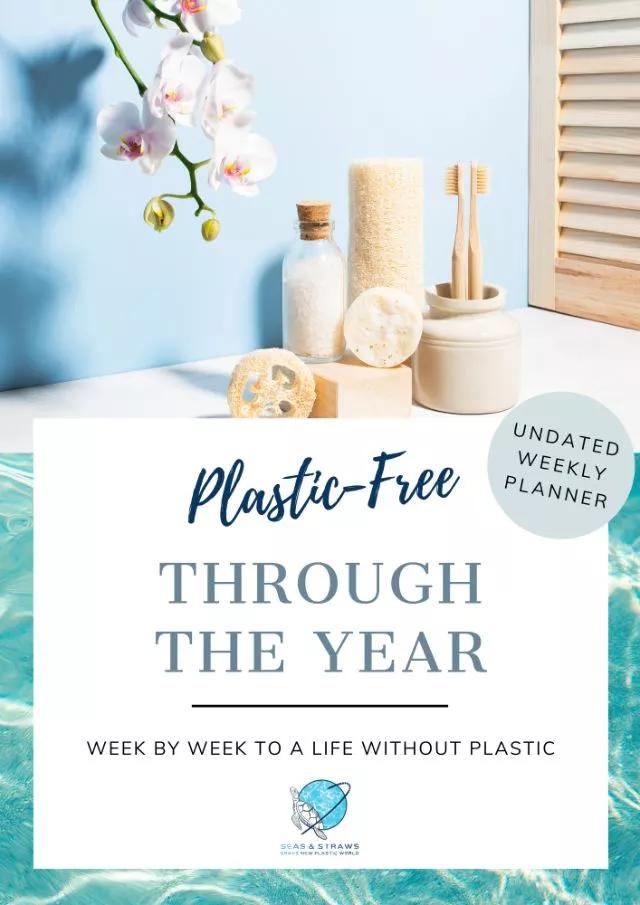 Weekly Planner Plastic-Free Through the Year. Photo © Seas and Straws
Weekly Planner Plastic-Free Through the Year. Photo © Seas and Straws4. Reusable Swaps Tracker
Switching from single-use plastics to reusable alternatives isn’t just good for the planet—it’s also a tangible way to measure your progress. Start by keeping a log of how often you use items like refillable water bottles, reusable shopping bags, stainless steel straws, or beeswax wraps instead of cling film.
For a more streamlined approach, consider using a tracker app to monitor your swaps. Apps like JouleBug let you log your eco-friendly habits, track your impact, and even compete with friends or community members for extra inspiration. These tools make it easier to stay consistent and see how your choices add up over time.
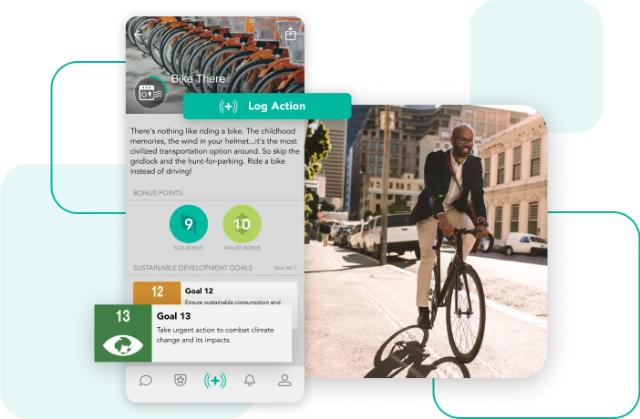 Reusable Swaps Tracker JouleBug. Photo © https://www.joulebug.com/
Reusable Swaps Tracker JouleBug. Photo © https://www.joulebug.com/5. Community Challenges and Initiatives
There’s power in numbers, and working together can amplify the impact of your efforts. Joining community-driven challenges like “Plastic-Free July” or other zero-waste initiatives is a great way to stay motivated and make real progress. Many online communities and social media groups—especially on Facebook or Instagram—host challenges where you can track your plastic reduction in real-time, share tips, and celebrate each other’s wins.
Being part of these initiatives not only helps you stay accountable but also creates a sense of unity and shared purpose. When you see others reducing waste alongside you, it becomes easier to stick with it.
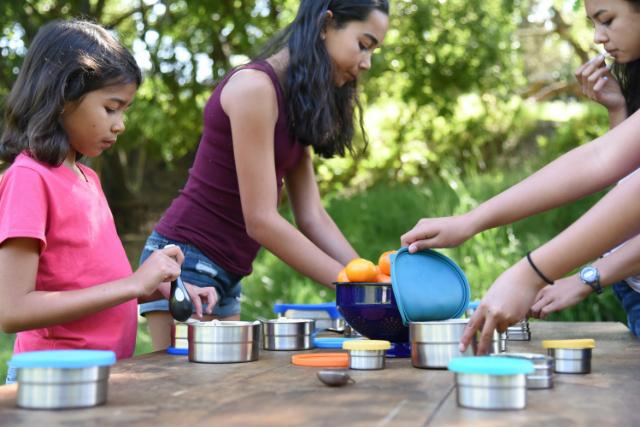 Zero Waste Community Challenges
Zero Waste Community ChallengesInterpreting the Data: What Does It Tell You?
After tracking your plastic waste, analyze the results. Look for patterns:
- Are most of your plastic items coming from food packaging?
- Do you rely heavily on single-use plastics at work or on the go?
- Are there specific brands or products contributing significantly to your waste?
Use this information to create a personalized plan for reduction. For example:
- Switch to buying in bulk to reduce packaging.
- Invest in durable, reusable products for daily use.
- Choose brands with sustainable packaging options.
Moreover, tracking your waste helps build accountability. As we measure our impact, we become more aware of your habits and the environmental consequences of your choices. This awareness goes beyond just your personal actions—it can inspire change on a larger scale and influence broader systems. While one person’s efforts may feel small, collective action has the power to create meaningful transformation. The choices you make today lay the foundation for a more sustainable future.
